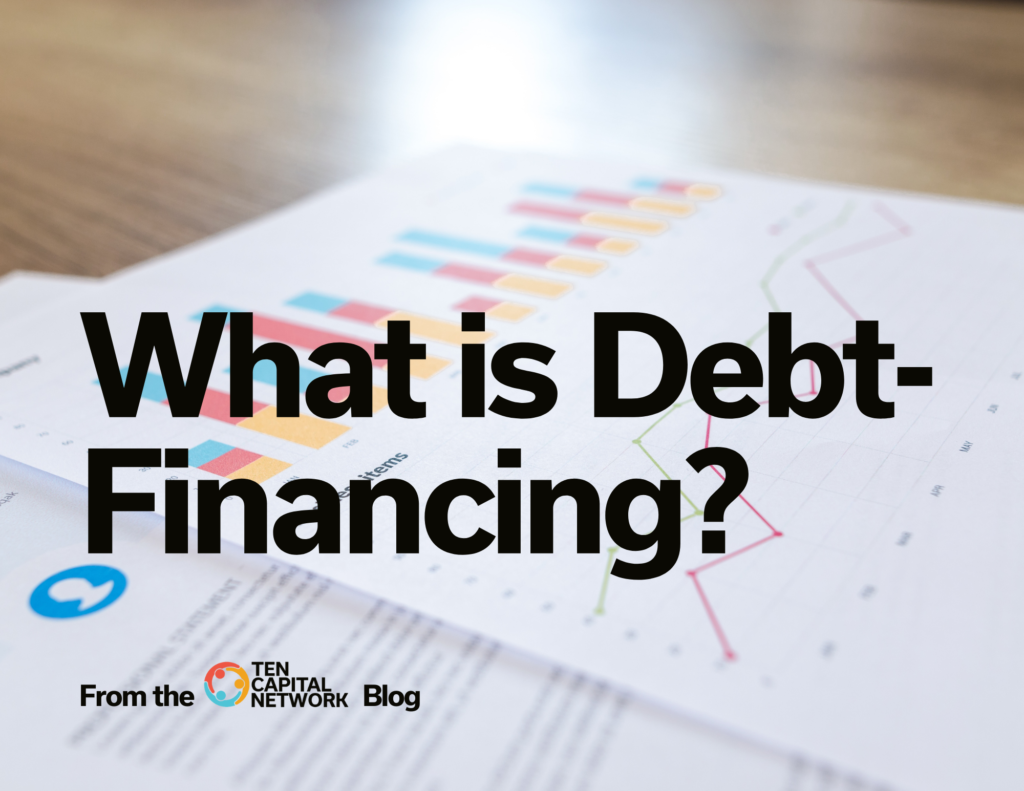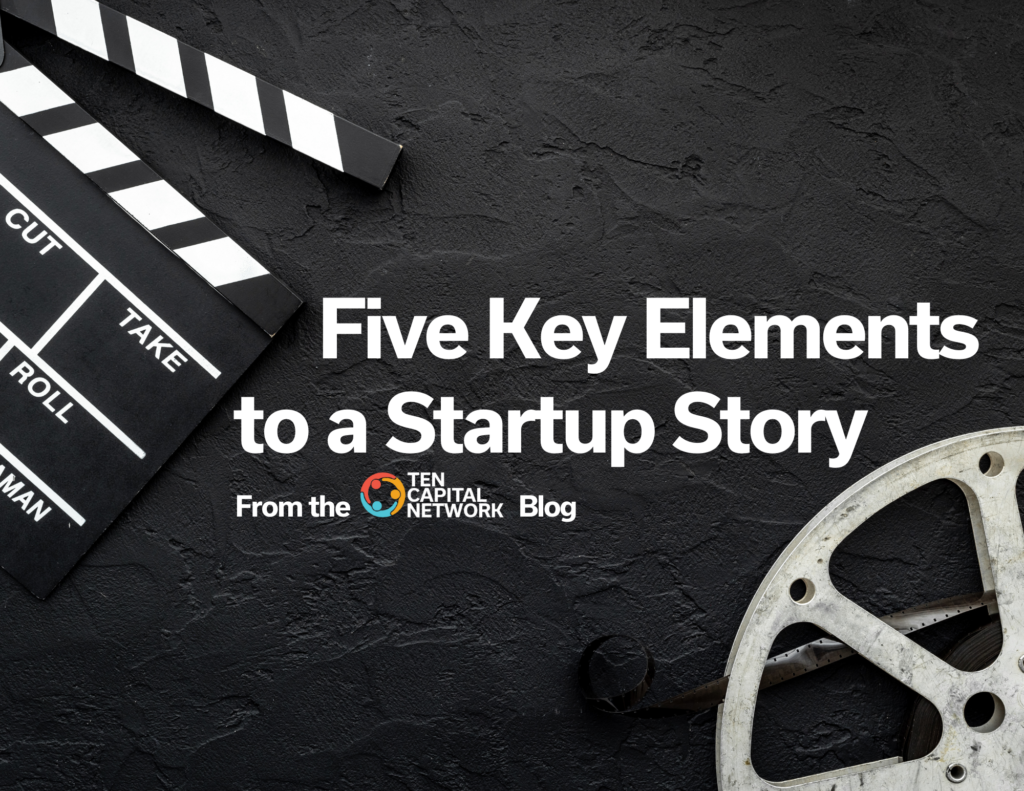What is Debt-Financing?
2 min read If your startup is raising capital through an alternative funding method, you may want to consider debt financing. As your company grows, and in turn, your equity grows in value, debt-funding may be the more lucrative option for you. There are several forms of debt to consider, each form is used for a different application. Debt-Funding Primary Options Let’s look at some of the primary options available to startups for debt-funding: Traditional Bank Loan: Often used to launch s company and requires a personal guarantee. Line of Credit: Once you have revenue, use it to smooth out the uneven bumps in your cash flow. Equipment Financing: If you need equipment for your business, this is a good way to finance. It reduces your fundraise requirements. Revenue-Based Funding: Once you have a steady flow of revenue, you can use revenue-based funding to accelerate the growth as you pay back out of the revenue stream. Factoring/Accounts Receivable Funding: Once you have a steady book of business, you can borrow against the accounts receivable line. Venture Debt: Once you have substantial revenue, you can raise debt funding rather than equity funding as it will be cheaper in the long run. If none of these options work for your organization, there are other forms of alternative funding to consider besides debt funding. Alternate sources can include litigation funding, promissory notes, revenue-based funding, and salary-based funding. Evaluate what works best for you and your team, and get started raising capital today. Read more on the TEN Capital eGuide: Alternate Investing Hall T. Martin is the founder and CEO of the TEN Capital Network. TEN Capital has been connecting startups with investors for over ten years. You can connect with Hall about fundraising, business growth, and emerging technologies via LinkedIn or email: hallmartin@tencapital.group
What is Debt-Financing? Read More »


